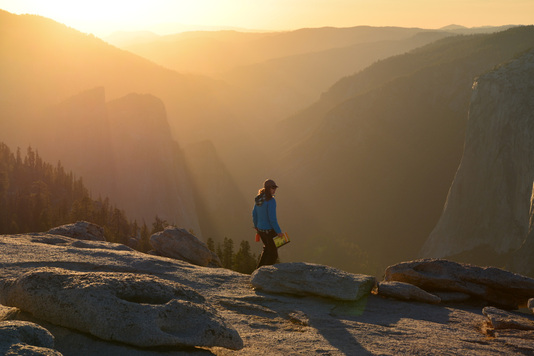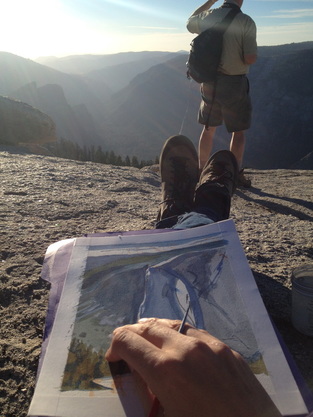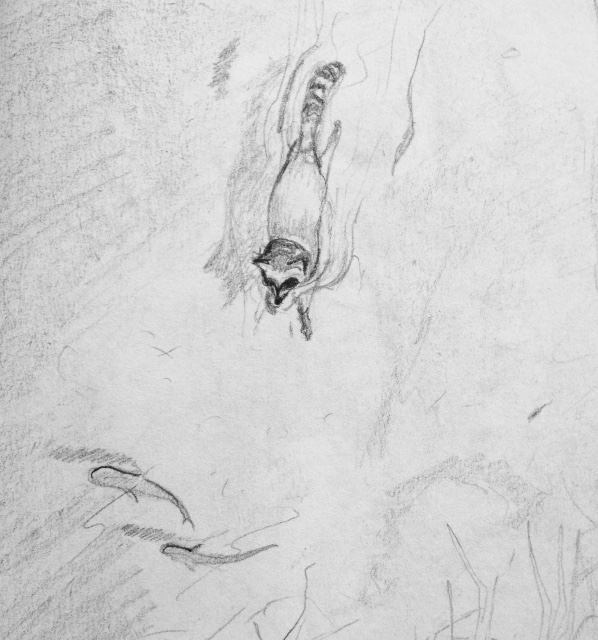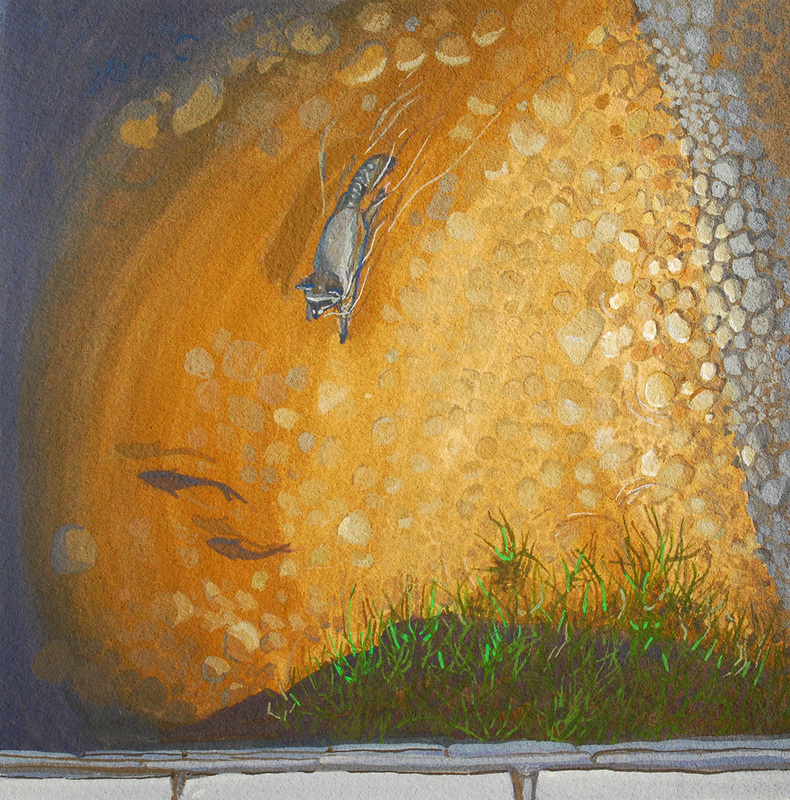I am on the move again, heading back to the north country and returning to a beloved place for me. In Yosemite I grew as an artist and a person thanks to some amazing friends. I painted down to the last day and left some new work at the Ansel Adam's Gallery for the winter months. Most of my projects were finished to conclusion, but as I return to a place I thought I would't return to, I know that what I think is a finished sentence may be a comma.
Here is a quote from the book On Travel that seems appropriate at the moment.
"Defy ephemerality. Wander not always ahead of yourself in thought, but neither dawdle in the past. It is the art of arrival. Of being in one, only one, place at a time. Of absorbing it with all of your senses. Its beauty, its ugliness, its singularity. Of allowing yourself to be overwhelmed, fearlessly. The art of being where you are."
Here is a quote from the book On Travel that seems appropriate at the moment.
"Defy ephemerality. Wander not always ahead of yourself in thought, but neither dawdle in the past. It is the art of arrival. Of being in one, only one, place at a time. Of absorbing it with all of your senses. Its beauty, its ugliness, its singularity. Of allowing yourself to be overwhelmed, fearlessly. The art of being where you are."






 RSS Feed
RSS Feed